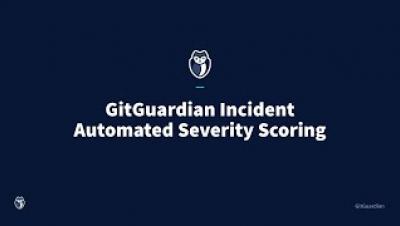Security | Threat Detection | Cyberattacks | DevSecOps | Compliance
DevOps
GitGuardian incident auto severity scoring
Schedule and Automate Postgres Backups on Kubernetes
Postgres, also known as PostgreSQL, is a powerful open-source relational database that has been around for over 30 years. It has a strong reputation for reliability, scalability, and performance, which is why it is used by a wide range of organizations, from small businesses to large enterprises, across various industries. Whether you need to store and retrieve large amounts of data, run complex queries, or support business-critical applications, Postgres can handle it all.
SQL Server hardening
Overview of Teleport 12: Device Trust and Desktop Access
SBOM Explained: An enterprise guide to security risk management
In this age of technology, software companies are quickly shifting towards a strict compliance posture. You may ask yourself, why is that and what has changed over the last several years? This can be due to multiple factors but can mainly be boiled down into four categories.
Terraform Security Best Practices
Terraform is the de facto tool if you work with infrastructure as code (IaC). Regardless of the resource provider, it allows your organization to work with all of them simultaneously. One unquestionable aspect is Terraform security, since any configuration error can affect the entire infrastructure. In this article we want to explain the benefits of using Terraform, and provide guidance for using Terraform in a secure way by reference to some security best practices. Let’s get started!
What Can Fintech Firms Do When Vulnerabilities Like Spring4Shell Hit Them?
The business impact of critical open source vulnerabilities such as Spring4Shell and Log4j illustrate the crucial importance of detecting remediating such vulnerabilities as fast as possible, This is particularly important for the financial technology, which handles vast volumes of sensitive financial data for investors. That was certainly the case for MSCI, who deployed Mend to speedily thwart any potential threats posed by Spring4Shell.
5 Tips for Linux Server Hardening
JFrog DevSecOps Triple Therapy
Learn more about bringing your Dev, Sec and Ops Teams together at https://jfrog.com/











